-
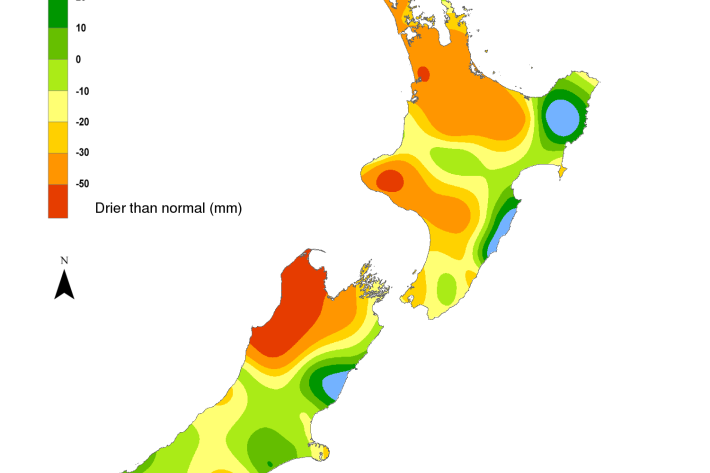
NIWA's Hotspot Watch for 28 February 2019
Hotspot28 February 2019A weekly update describing soil moisture across the country to help assess whether severely to extremely dry conditions are occurring or imminent. Regions experiencing these soil moisture deficits are deemed “hotspots”. Persistent hotspot regions have the potential to develop into drought. -
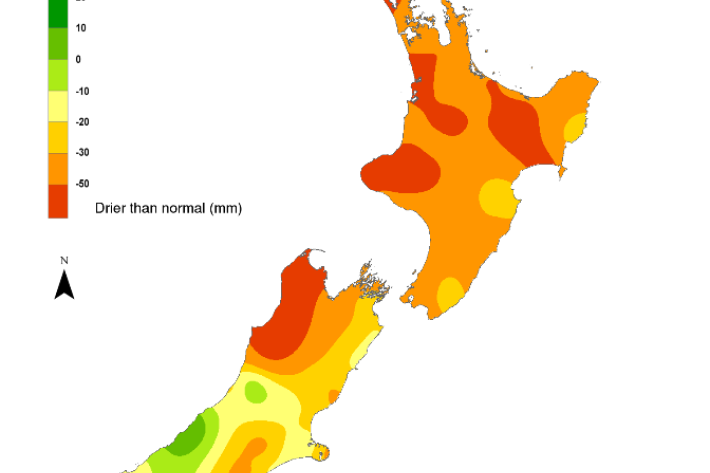
NIWA's Hotspot Watch for 20 February 2019
Hotspot20 February 2019Areas deemed hotspots now encompass large portions of the entire North Island. Hotspots remain entrenched across the northern tier of the South Island, including across northern Tasman, Nelson, and much of Marlborough. -
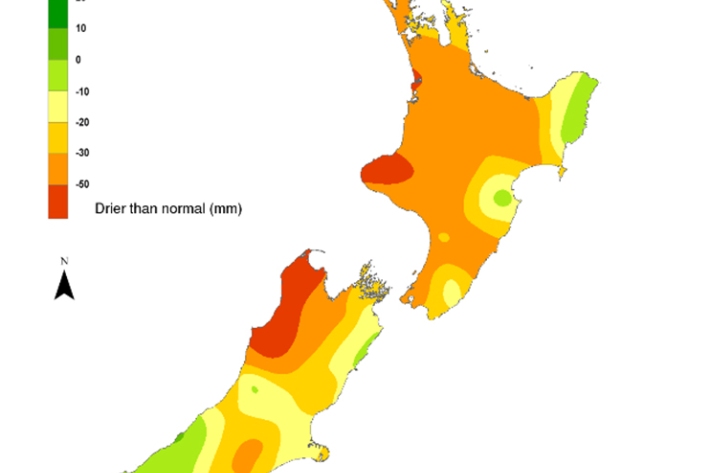
NIWA's Hotspot Watch for 13 February 2019
Hotspot13 February 2019Across the North Island, soil moisture levels continued to decrease nearly everywhere during the past week. Across the South Island, soil moisture levels decreased nearly everywhere during the past week with little rainfall in the north, south and east. -
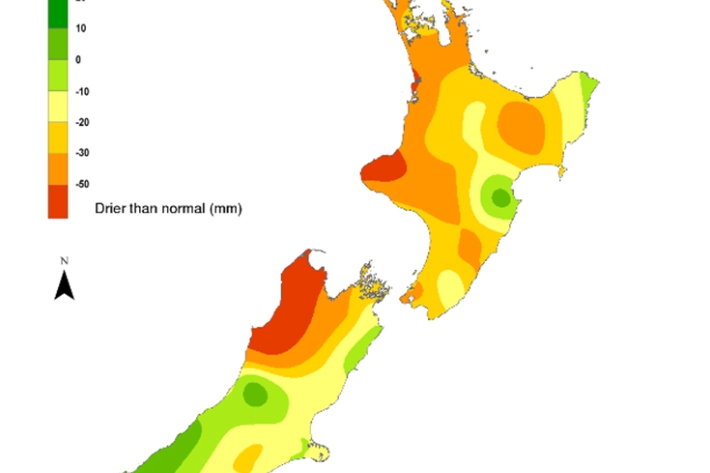
NIWA's Hotspot Watch for 7 February 2019
Hotspot08 February 2019Across the North Island, soil moisture levels decreased nearly everywhere during the past week. In the South Island, soil moisture levels decreased during the past week with meagre rainfall in the north and east. -
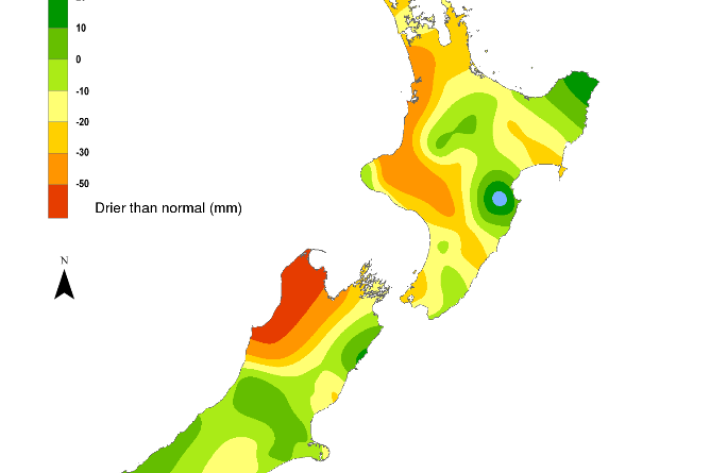
NIWA's Hotspot Watch for 31 January 2019
Hotspot31 January 2019Areas deemed hotspots have expanded significantly during the past week in the North Island, while in the South Island the previous hotspot encompassing Nelson and nearby portions of Tasman has continued to strengthen during the past week. -
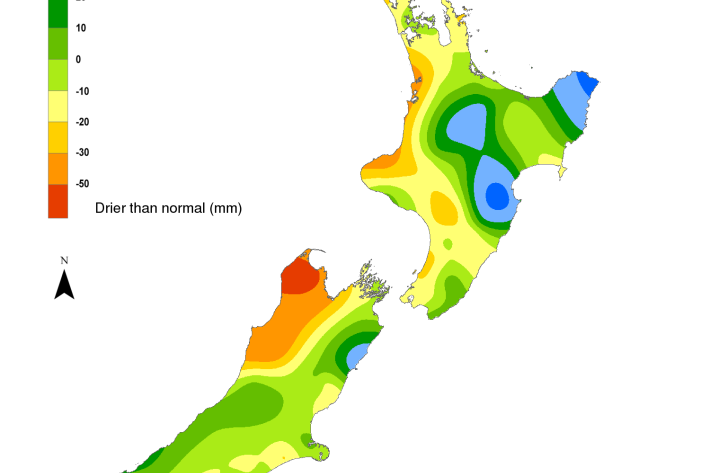
NIWA's Hotspot Watch for 23 January 2019
Hotspot23 January 2019The previous hotspot in the Far North dissipated around the Aupouri Peninsula in the past week, but has spread south into northern Whangarei and Kaipara districts. The current hotspot in Tasman could strengthen in the next week, while central Canterbury may see a new hotspot form in the coming week. -
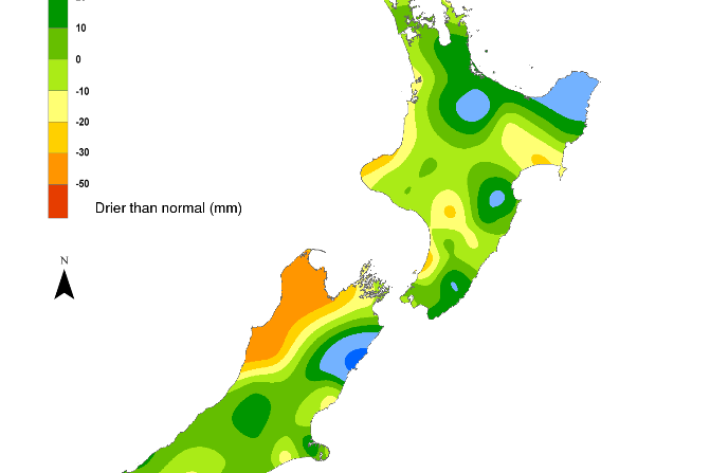
NIWA's Hotspot Watch for 16 January 2019
Hotspot16 January 2019The previous hotspot in the Far North has expanded in size during the past week, now encompassing much of the eastern Far North and the Aupouri Peninsula. A hotspot remains in place across Nelson and nearby portions of Tasman, but no other South Island hotspots are in effect at this time. -
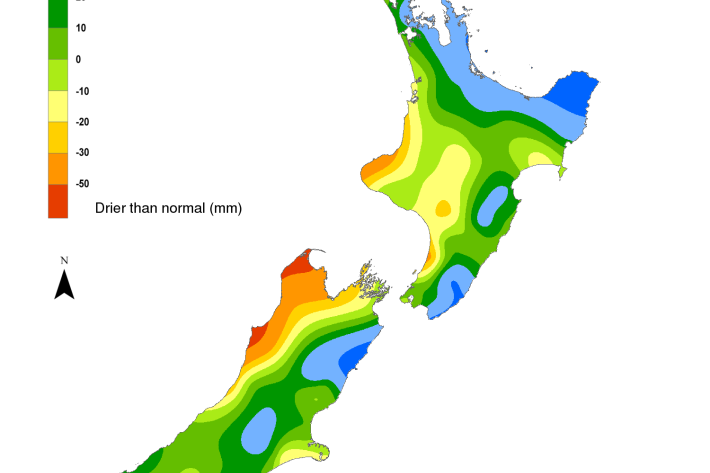
NIWA's Hotspot Watch for 9 January 2019
Hotspot10 January 2019A weekly update describing soil moisture across the country to help assess whether severely to extremely dry conditions are occurring or imminent. Regions experiencing these soil moisture deficits are deemed “hotspots”. Persistent hotspot regions have the potential to develop into drought. -
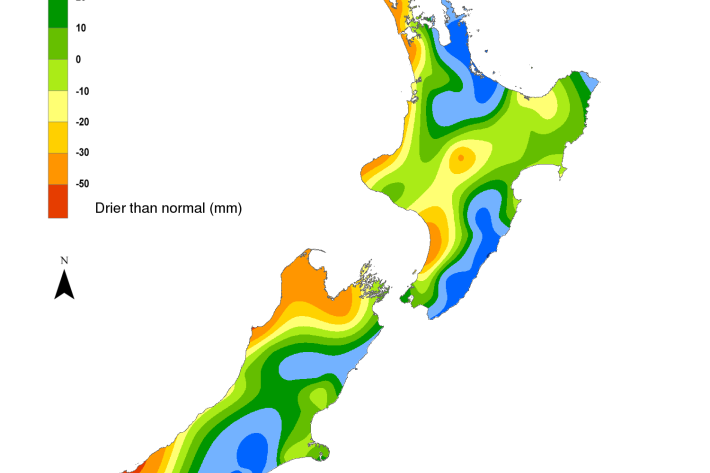
NIWA's Hotspot Watch for 19 December 2018
Hotspot19 December 2018Across the North Island, soil moisture levels either decreased slightly or remained the same during the past week. Across the South Island, soil moisture remained near normal or above normal in the central and eastern part of the island during the past week while areas in the west have near normal or below normal soil moisture. -
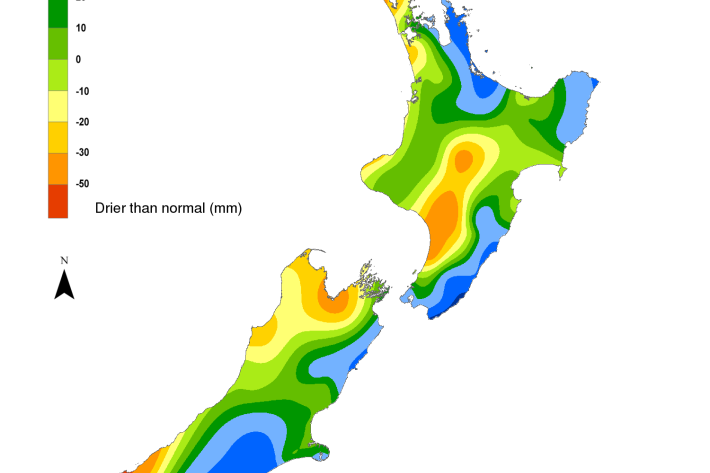
NIWA's Hotspot Watch for 12 December 2018
Hotspot13 December 2018The driest soils across the North Island compared to normal for this time of the year are found in an area stretching from coastal Manawatu-Whanganui northeast to Taupo. The driest soils across the South Island compared to normal for this time of the year are found in far southern Westland District. A small hotspot has emerged in Nelson in the past week. -
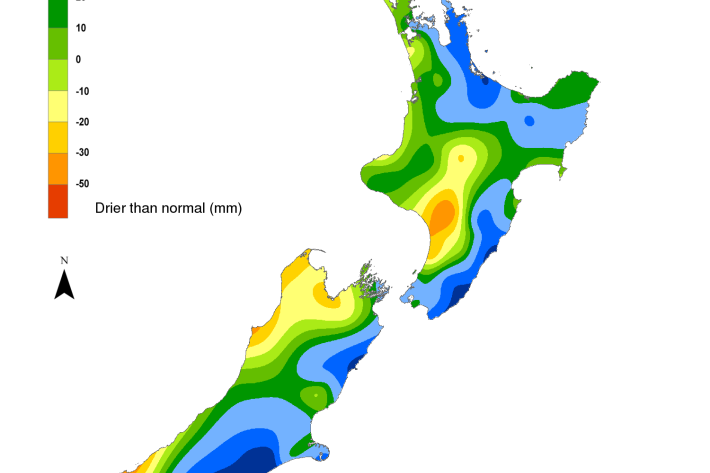
NIWA's Hotspot Watch for 6 December 2018
Hotspot06 December 2018A new hotspot emerged in the Rangitikei District in Manawatu-Wanganui during the past week. This is the only current hotspot in the North Island. There are currently no hotspots in the South Island. -
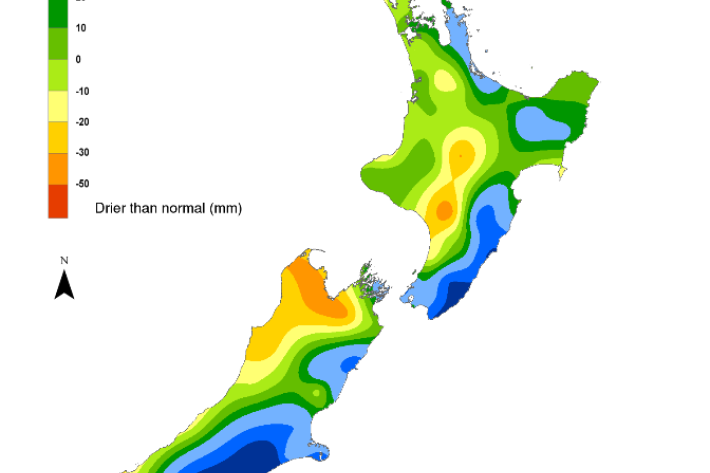
NIWA's Hotspot Watch for 29 November 2018
Hotspot29 November 2018All previous hotspots in the North Island dissipated this past week due to the heavy rainfall. Substantial rainfall in the past week caused the small hotspot in northwestern Marlborough to dissipate, and no other hotspots are currently in place in the South Island.
